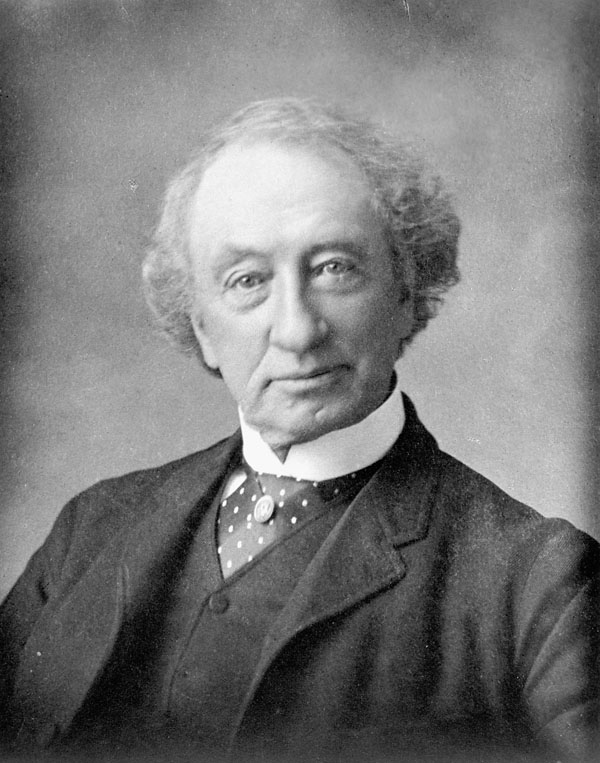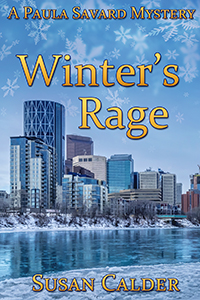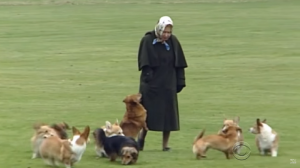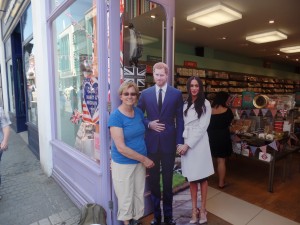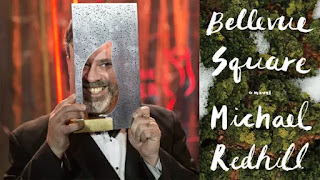Last week I watched The Writers’ Guild of Alberta’s podcast with Adriana Davies about her new book From Sojourners to Citizens: Alberta’s Italian History. Her discussion of Italian interment during WWII reminded me of my friend’s father’s story about his internment at two camps in eastern Canada.
Joachim “Jim” was born in Leipzig, Germany, in 1922. At age 16, he was sent to England through the Kindertransport program that rescued Jewish children from Hitler’s Nazi regime. Initially, Jim worked on an English farm. When war broke out, German youths living in the countryside were declared enemy aliens. The UK boarded them onto boats with German POWs and shipped them to internment camps in Canada or Australia.
Jim landed in a New Brunswick camp, where his main job was cutting wood. He didn’t mind the work and could borrow books from the McGill University lending library. An older internee taught him math. He found the camp food great thanks to an Austrian cook who had been a famous chef in Vienna. The internees who bothered him most were wealthy Austrians who were right-wing but hated upstart Hitler for taking over their country.
Even though he was generally happy at the camp, one day Jim and a friend decided to escape to the United States. After the others had left their woodcutting site, the two youths headed south. The snow and cold made them turn back. When they returned to the camp, the guard just looked at them angrily and said they needed haircuts. They learned they’d been walking in the wrong direction, toward the Bay of Fundy.
Jim’s math studies inspired his desire to attend McGill University. After two years in New Brunswick, he was transferred to the internment camp on St. Helen’s island near Montreal. St. Helen’s Island later became part of the Expo 67 site and is now a city park. Many of the internees at this camp were Italians. Some were fascists. He thinks they were POWs sent from Europe. Jim’s main memory of his short stay was a birthday celebration for Benito Mussolini, the fascist prime minister of Italy from 1922 to 1943. He recalled a cake with the lettering ‘Viva El Duce.’ Jim ate the piece with the ‘V.’
Jim left the camp when a Jewish family in Montreal sponsored his studies at McGill. At the university he met his wife, also a Jewish refugee. They married and had three sons. Jim became a McGill math professor. He died in 2014, a year after he told me his story.
Author Adriana Davies was born in Italy and grew up in Edmonton. In 2010 she received the Order of Canada for her work promoting and preserving Alberta’s cultural heritage. In her WGA online interview https://www.youtube.com/watch?v=6I4_6xvvxYM she talks about the large number of people who left Italy in the early twentieth century. Many came to Alberta to work in the coal mines. They maintained links to the old country and sent money back to their families.
When Mussolini came to power, he realized the Italians living in Allied countries might be helpful to his cause. He recruited the granddaughter of Giuseppe Garibaldi, the hero of Italy’s unification, to drum up support. She went to Alberta, ostensibly to set up agricultural programs, and was lionized by the Edmonton and Calgary press. Fascist cells formed in both cities. This created tensions in the Italian community, between fascists and anti-fascists. Neighbours spied on each other. As war loomed, the RCMP couldn’t always tell who was on which side when they rounded up Italians for internment camps.
Adriana asked, Could the Italian fascists in Alberta have helped Mussolini’s war effort? Possibly, she said, by sabotaging the coal mines or railroads.
I found Adriana’s and Jim’s stories refreshing perspectives on history; a change from the simple view of good and bad. You can watch the podcast with Adriana on the WGA Youtube channel. Writers’ Guild of Alberta – YouTube On the channel, you’ll also find a podcast with me hosting an interview with N.L. Blandford, author of The Perilous Road to Her, a thriller novel dealing with a current issue — human trafficking.

